Below, a selection of paintings of rooms in his residence, Carlton House, between Pall Mall and St. James Park.
Right, a selection of the Prince Regent's extensive collection of Sevres Porcelain, showing his taste for the exotic and extravagant.
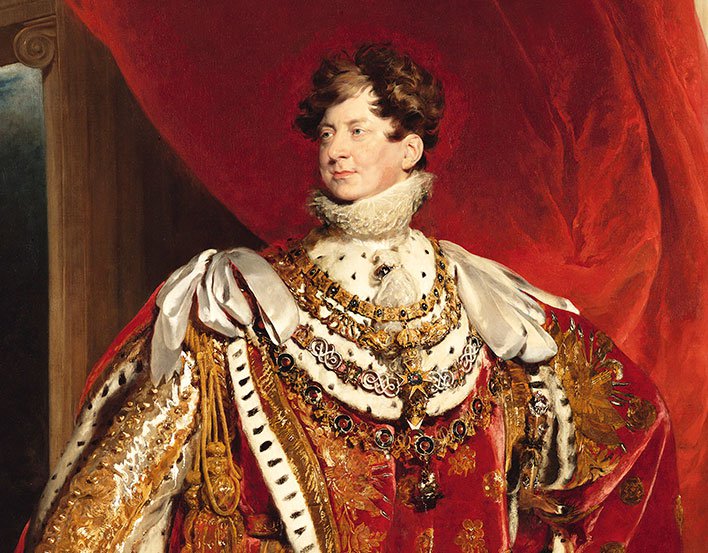
The Queen's Gallery, Buckingham Palace
Friday, 15 Nov 2019 - Sunday, 3 May 202
George IV is arguably the most magnificent of British monarchs and formed an unrivalled collection of art, much of which remains in the Royal Collection. As Prince of Wales and, from 1820, magnificent king, he purchased paintings, metalwork, textiles, furniture, watercolours, books and ceramics in vast numbers, many of these works by the finest artists of the day. Bringing together Dutch and Flemish masterpieces, magnificent portraits by Sir Thomas Lawrence and Sir Joshua Reynolds, delicate French porcelain, intricate goldsmiths' work and elegant books and drawings, this exhibition will present George IV's life through the art that enriched his world.
More London Mansions next week.

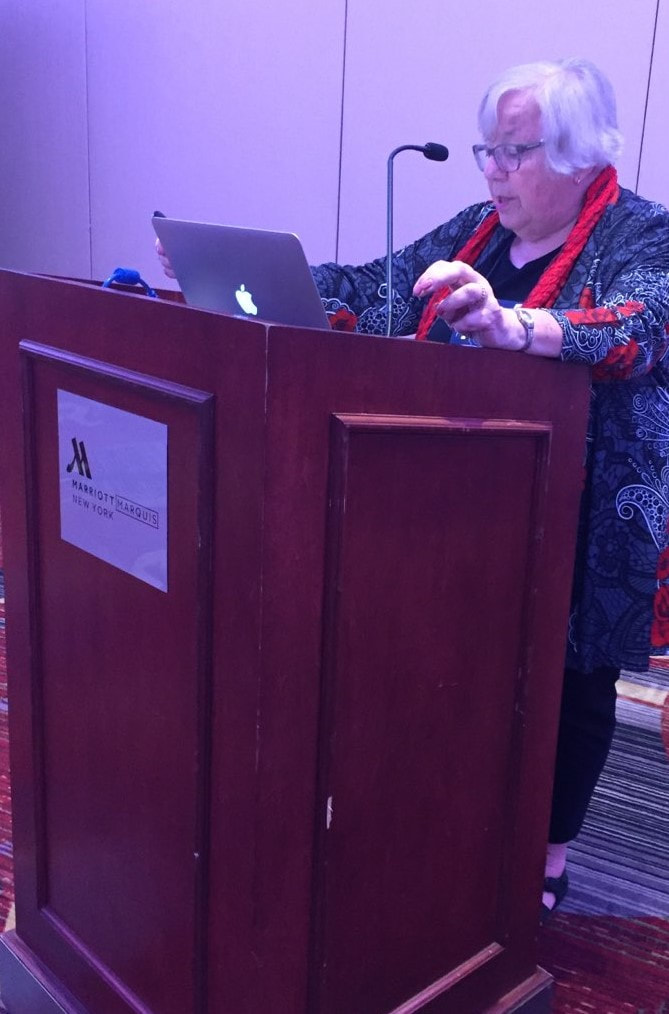
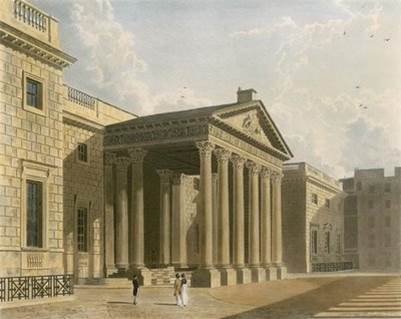
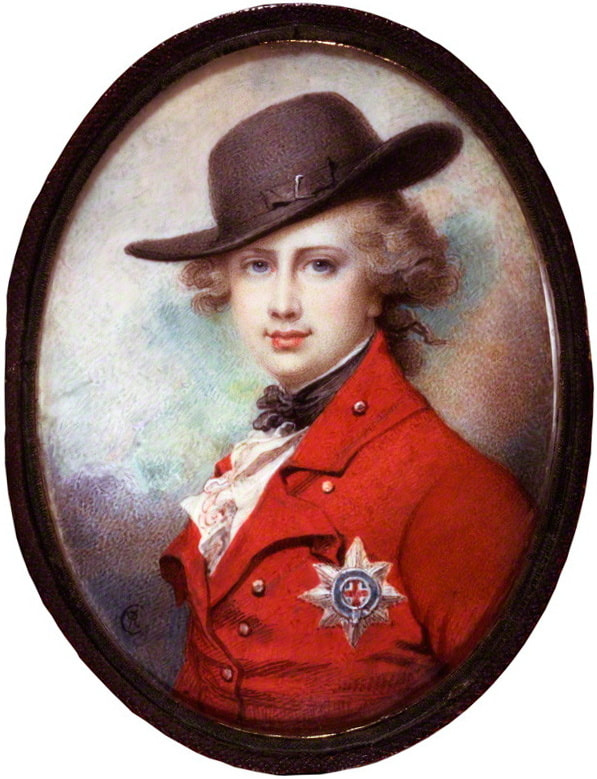
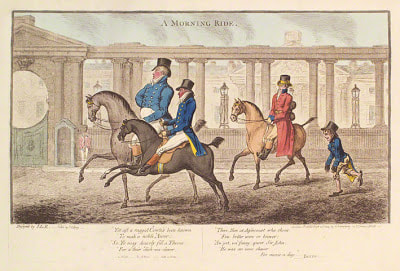
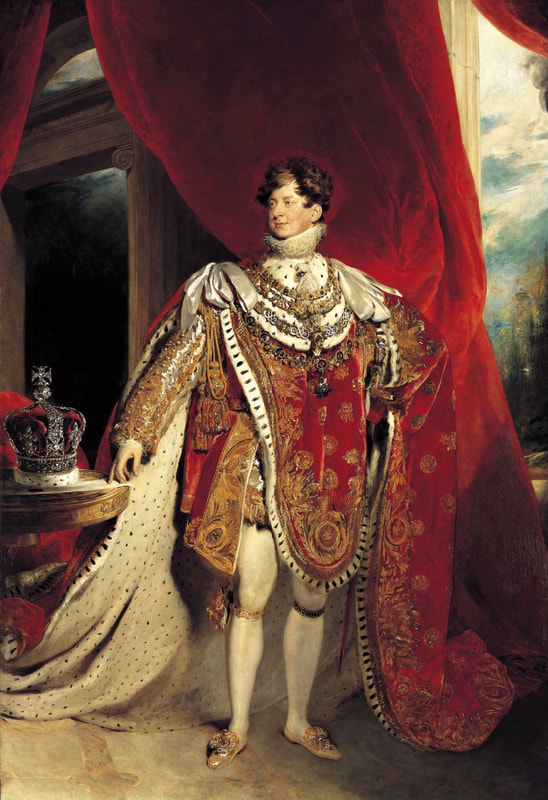
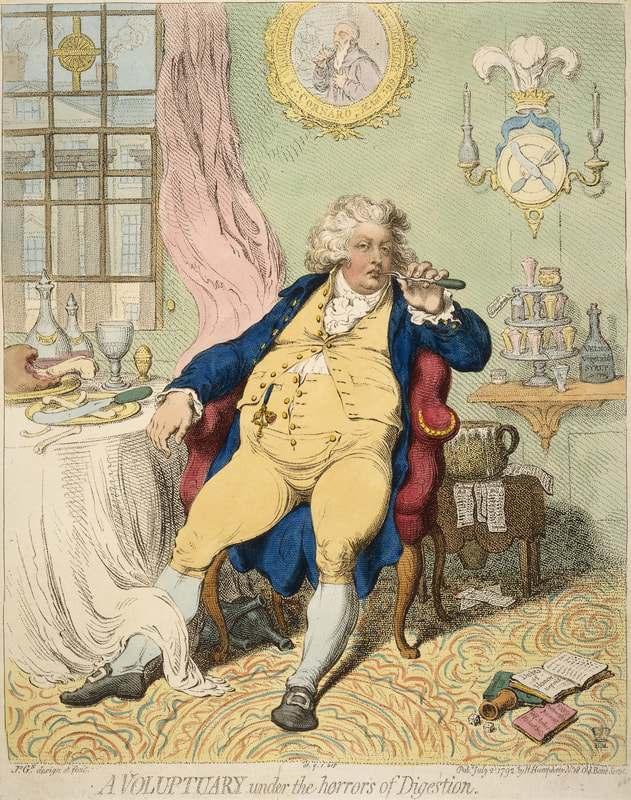
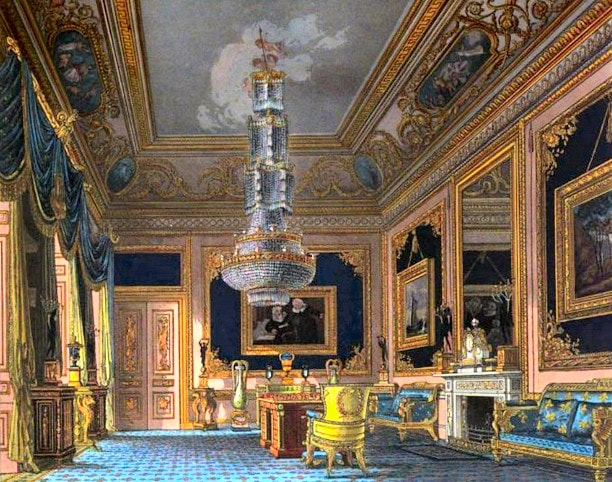
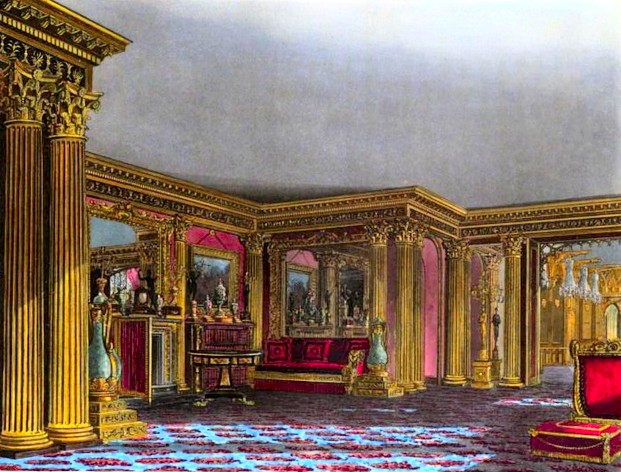
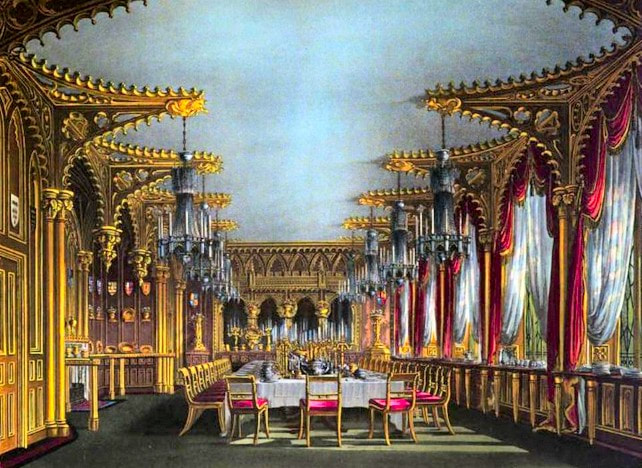
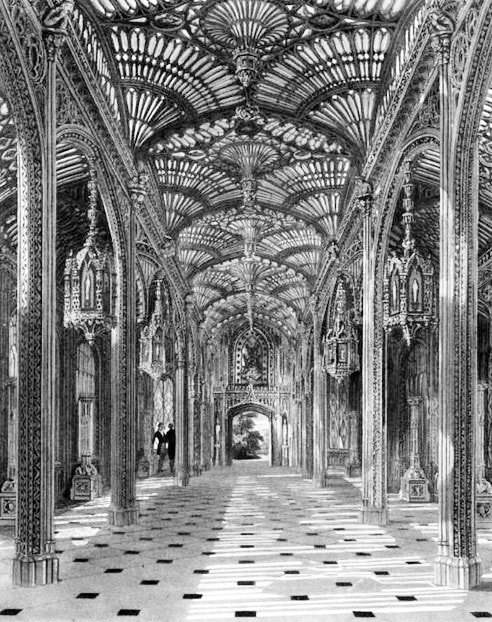
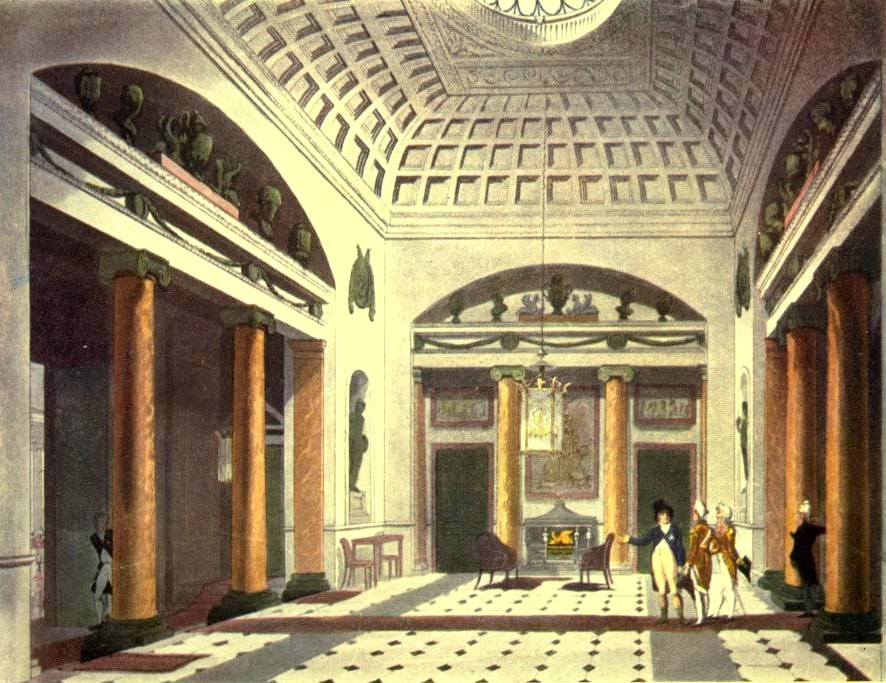
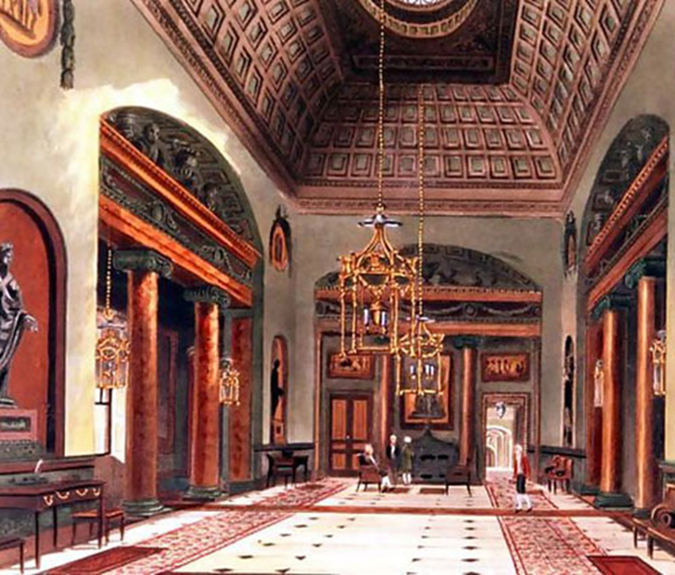
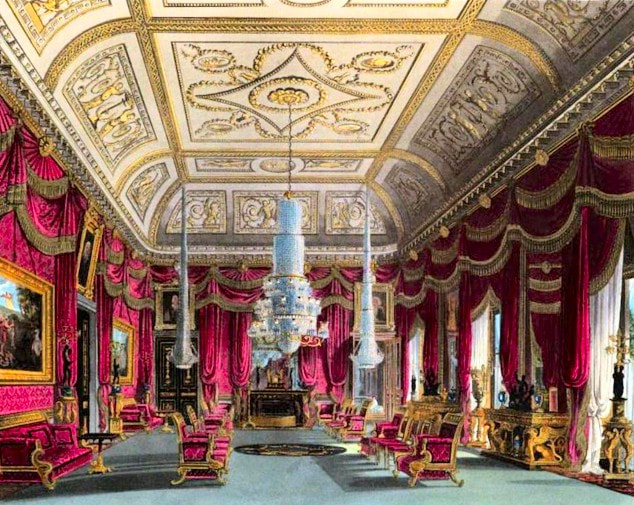
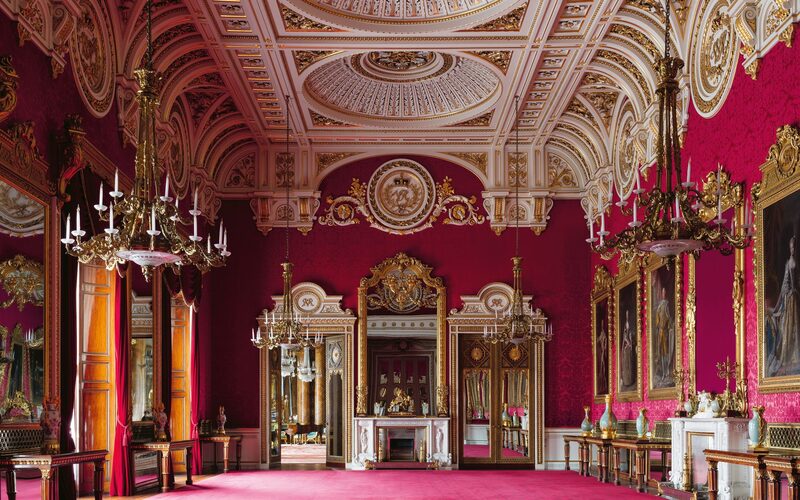
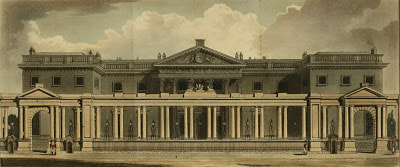
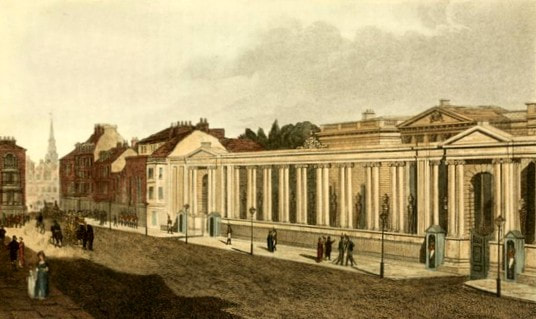

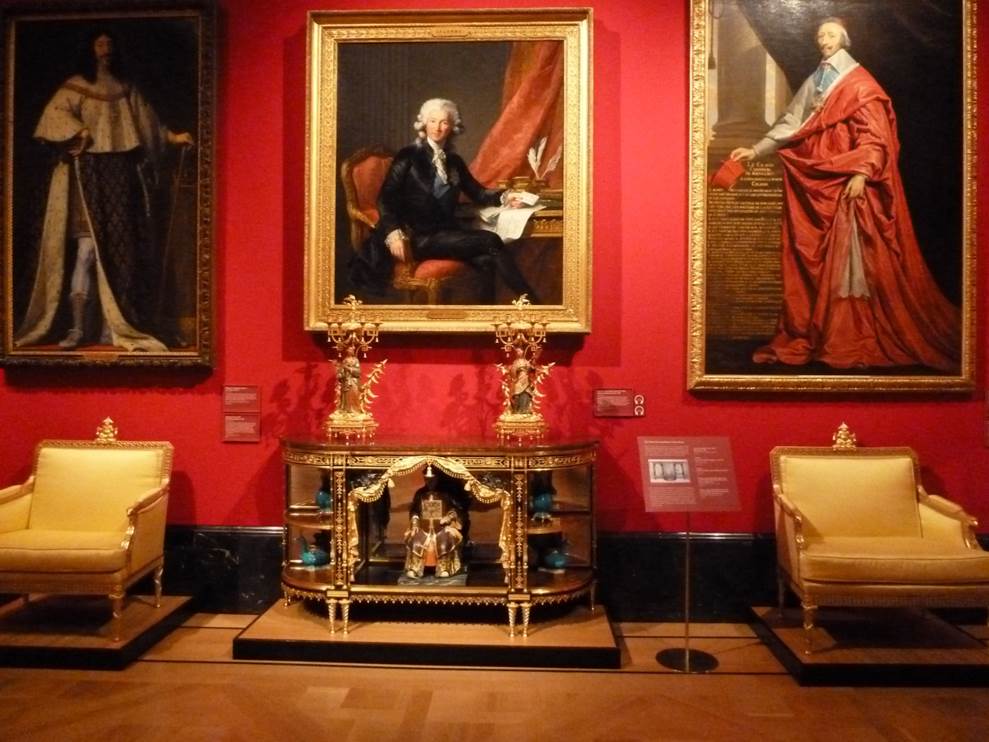
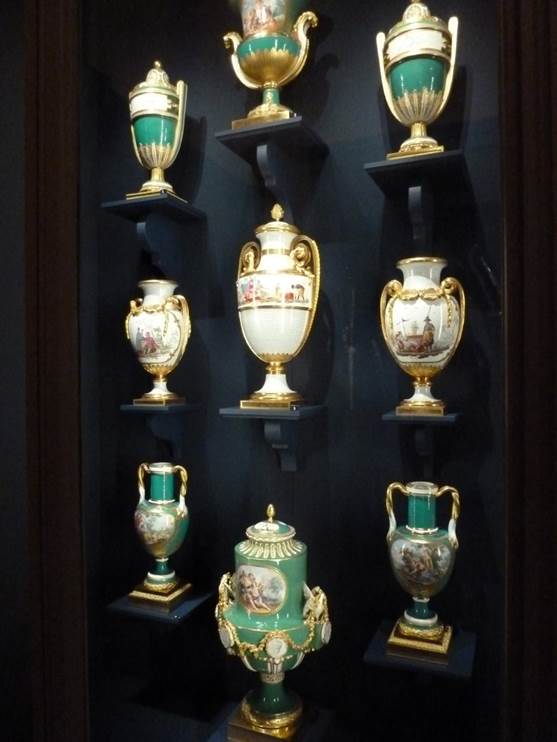
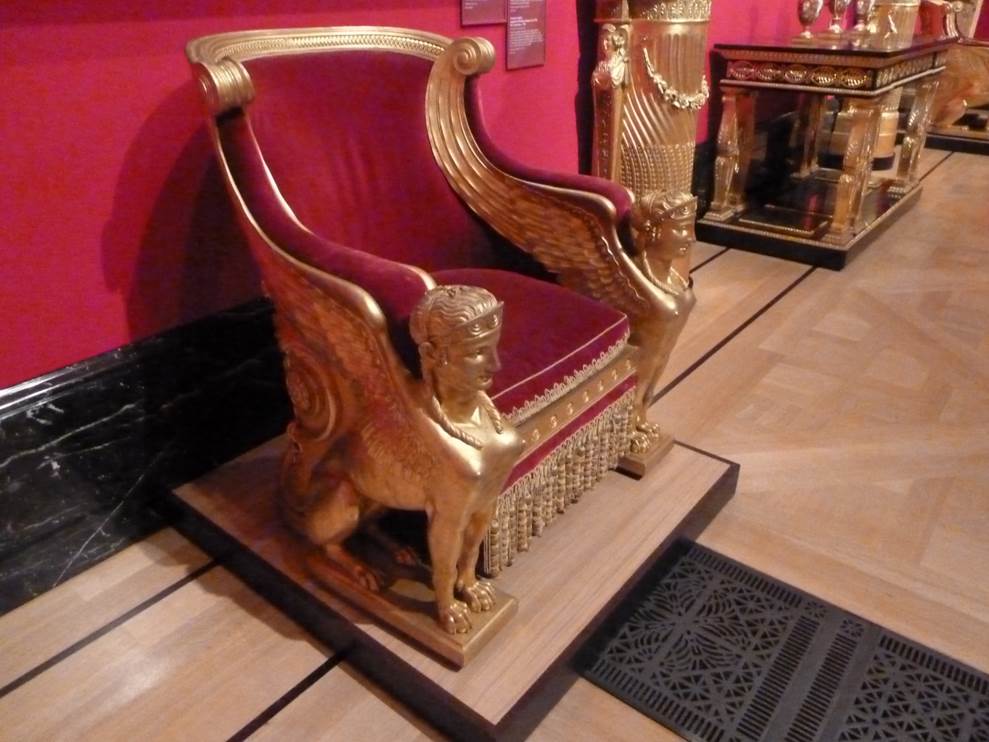
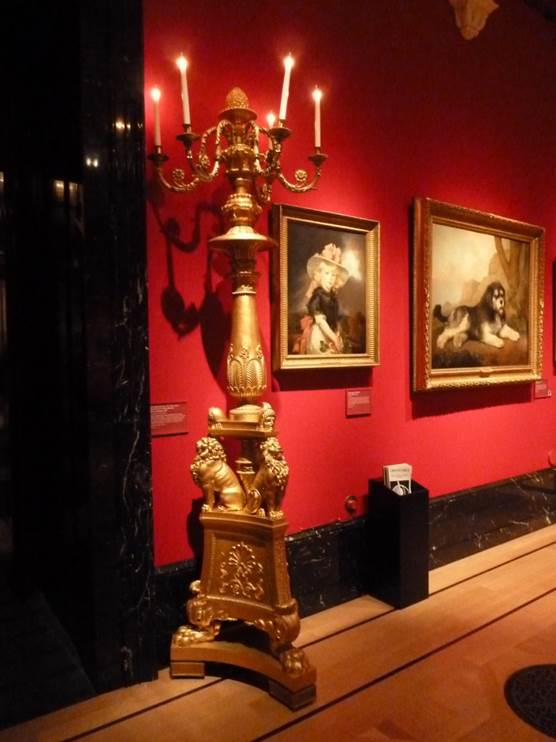
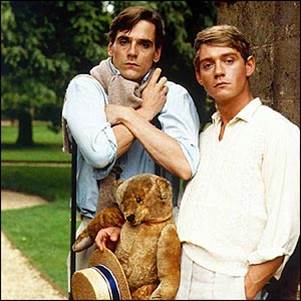
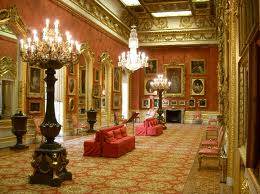
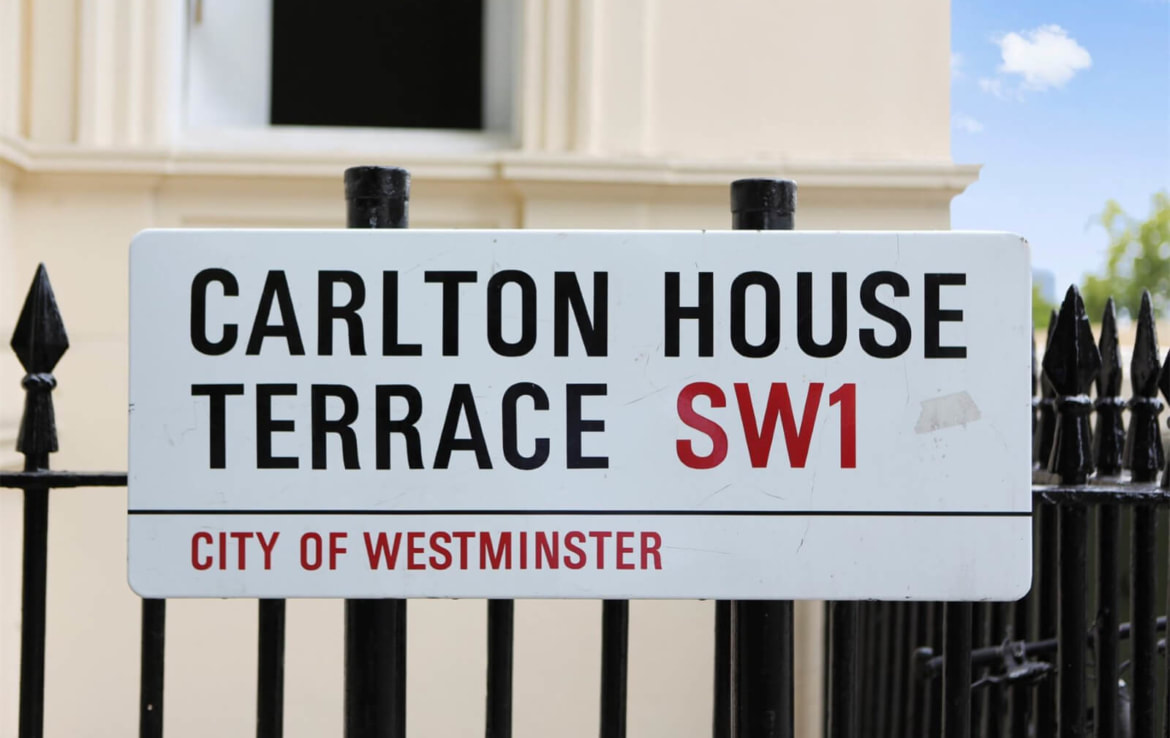
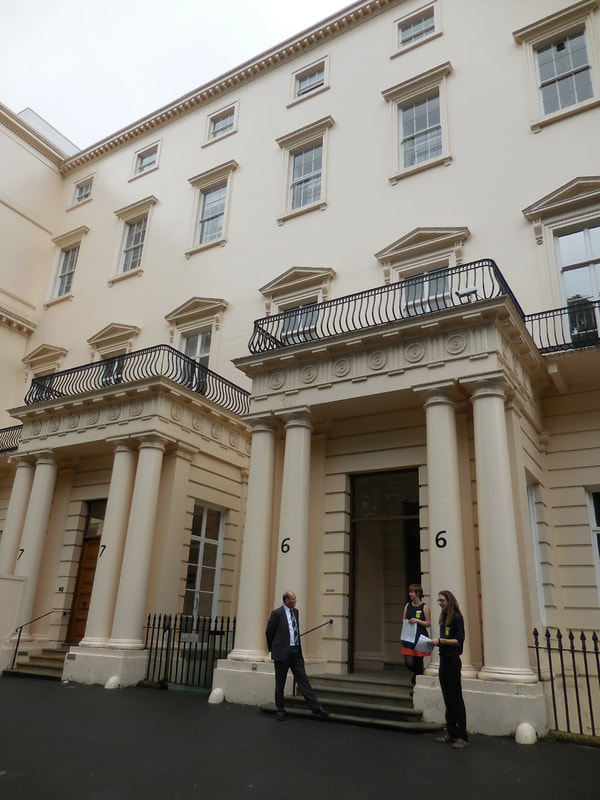
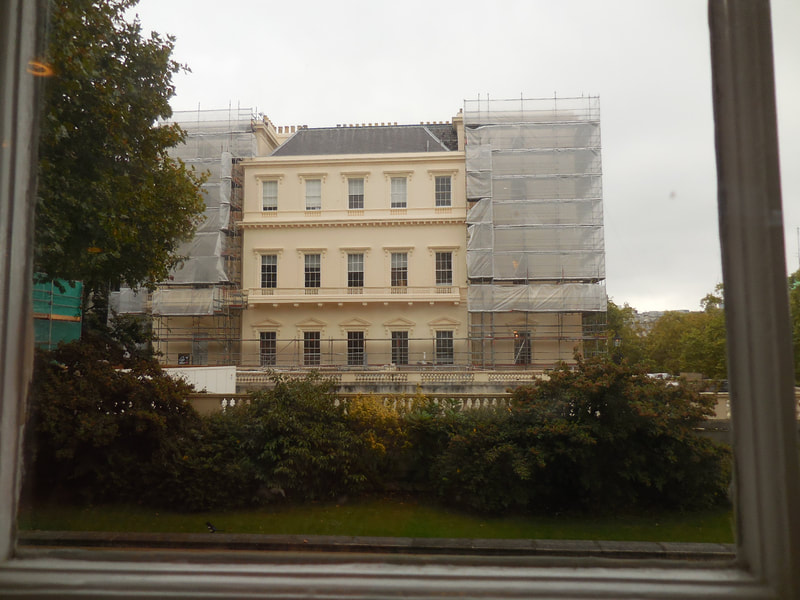
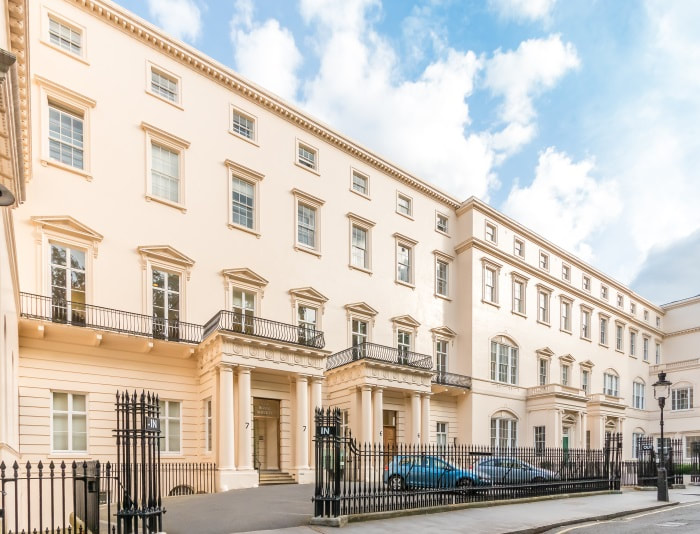
 RSS Feed
RSS Feed